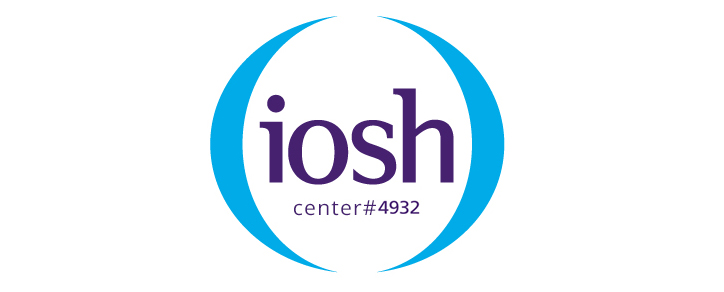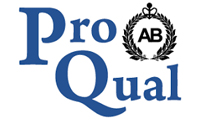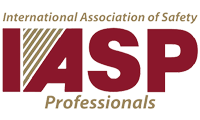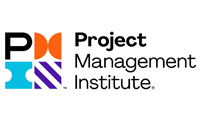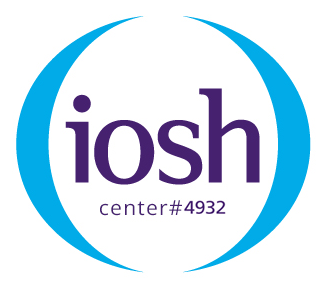In the dynamic landscape of United Arab Emirates (UAE), it is extremely important today to focus on workplace safety. This has seen businesses in various sectors understand that stringent safety policies are important in safeguarding their employees. AhlanSafety, being a key advocate for workplace safety, plays a central role in shaping and implementing these standards. In this exhaustive guide, we shall examine some of the most important aspects of AhlanSafety standards thus providing insights as well as practical tips for ensuring that UAE’s working environment is safe.
AhlanSafety: The Guardian of Workplace Well-being
AhlanSafety has become a source of light for organizations who want to make sure that workplaces are safe and secure. AhlanSafety has committed itself to excellence by designing a strong foundation with several safety standards specific to UAE requirements. For a business integrating AhlanSafety protocols, it will enhance its culture concerning safety leading to effective risk handling processes.
Navigating through the Standards Landscape Set by AhlanSafety
Understanding and adopting AhlanSafety standards is crucial in creating an organizational culture that embraces safety within workplaces. Consequently, this makes AhlanSafety essential when dealing with various protective measures such as risk assessment and emergency response planning among others meant to protect workers. By doing so, companies operating from UAE are preparing themselves from potential future problems while promoting both employee wellbeing and operational resilience.
Key AhlanSafety Protocols for UAE Workplaces
1. Risk Assessment and Mitigation:
Regular risk assessments which help identify possible hazards should be conducted following the directives from AhlanSafety. Thus organizations must have an understanding of what risks mean as well as ways they can mitigate them so as to create safer working environments.
2. Emergency Response Planning:
Companies should ensure there is proper planning ion cases of emergency which should include developing comprehensive emergency response plans according to what dictated by Ahlansafety plus frequent practice sessions just like drills assuring employees can handle emergencies enabling quick action taken.
3. Health and Safety Training:
AhlanSafety standards should be implemented which include offering all round health and safety training to the workers. In this respect, employees who have received comprehensive health and safety training are not only better equipped to watch for hazards but also ensure that they actively participate in maintaining their own work environment as safe as possible.
4. Safety Equipment and Technology Integration:
AhlanSafety is calling for utilization of modern safety equipment and technology across UAE businesses. Through being ahead in technology right from personal protective devices (PPE) through advanced monitoring systems, a proactive approach can be taken on workplace safety.
AhlanSafety in Action: Real-world Examples
To illustrate the practical application of AhlanSafety standards, let us look at a success story now. XYZ Corporation, a major player within the manufacturing industry of United Arab Emirates, has embraced AhlanSafety protocols. Regular audits on safety standards, intensive training programs as well as use of leading technologies have seen XYZ Corporation reduce its cases of work place incidents thus proving that there are genuine benefits associated with adherence to Ahlansafety.
Workplace safeties are not just regulatory requirements but moral obligations towards employees. The AhlanSafety standards provide an elaborate yet customized approach for UAE businesses ensuring that the workplace maintains security, resilience and productivity. By adopting these practices however organizations will build a culture around security surpassing expected norms making difference positively towards employees along with other people around them hence exceeding these standards (Carleton & Linehan 2013).
